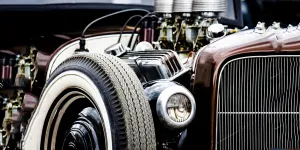Table of Contents
● Introduction
● Market overview
● Different types of wheel caps and their features
● Things to consider when selecting wheel caps
● Conclusion
Introduction
Wheel caps are essential for shielding the wheel hub and lug nuts from dirt and damage while adding a stylish touch to your vehicle’s appearance. Their ability to provide protection and enhance the aesthetic of your car wheels makes them a must-have for any car owner who values both practicality and aesthetics. The constant advancements in materials and designs within the market have made choosing the right hubcap more than just a personal choice. It has become an important decision that needs careful consideration to meet your vehicle’s specific requirements. When you grasp the varieties and essential elements at play here, you can select wheel cover that will not only improve the look of your car but also give it lasting strength. Deciding on the correct wheel covers is crucial for improving both function and aesthetic charm.
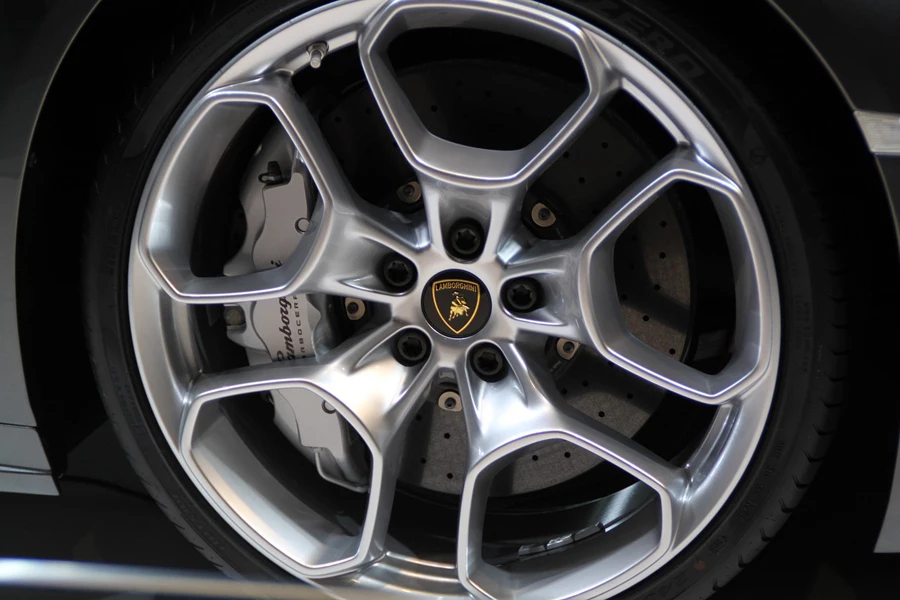
Market overview
The worldwide market for wheel caps is growing steady. It is projected to increase from USD 1.9 billion in 2024 to USD 2.5 billion by 2034, with a growth rate of 5.7%, as per Future Market Insights reports. This rise is driven by the growing interest among consumers in customizing their vehicles as more car owners are looking for cost ways to improve the appearance of their cars. Advancements in materials technology also play a role in this trend, with innovations like durable materials such as carbon fiber and aluminum alloys driving demand growth. These advancements not only enhance wheel covers’ appeal but also play a role in improving fuel efficiency and the overall performance of vehicles.
Germany, China, and India are expected to see significant growth in the wheel cap market in the coming years. With a CAGR of 5․9%, Germany and India are expected to lead the way, as per Future Market Insights projections․ The increasing popularity of vehicles and the focus shifting towards sustainable transportation are primary drivers behind the rising demand for wheel caps in these regions․ Moreover, the rise in disposable incomes in countries like India is leading to higher consumer expenditure, in automotive accessories which are aiding in the expansion of the market․ The increasing appeal of shopping platforms and e-commerce sites is also widening the availability of wheel caps to a broader audience worldwide.

Different types of wheel caps and their features
Different styles of wheel covers are available, with characteristics and advantages to offer to customers. The popular type is the hubcaps, commonly used to cover the center portion of the wheel hub area. The primary purpose of these hubcaps is to safeguard the wheel hub and lug nuts from elements like dirt and moisture, which could lead to corrosion damage over time. These hubcaps are usually crafted from materials such as plastic or metal. They are preferred for their simple installation process and cost-effectiveness, as mentioned by Blackburn Wheels company.
Full wheel covers fully encase the entire surface of the wheels. They offer complete protection from external elements while adding a visually appealing touch to the vehicle’s appearance.
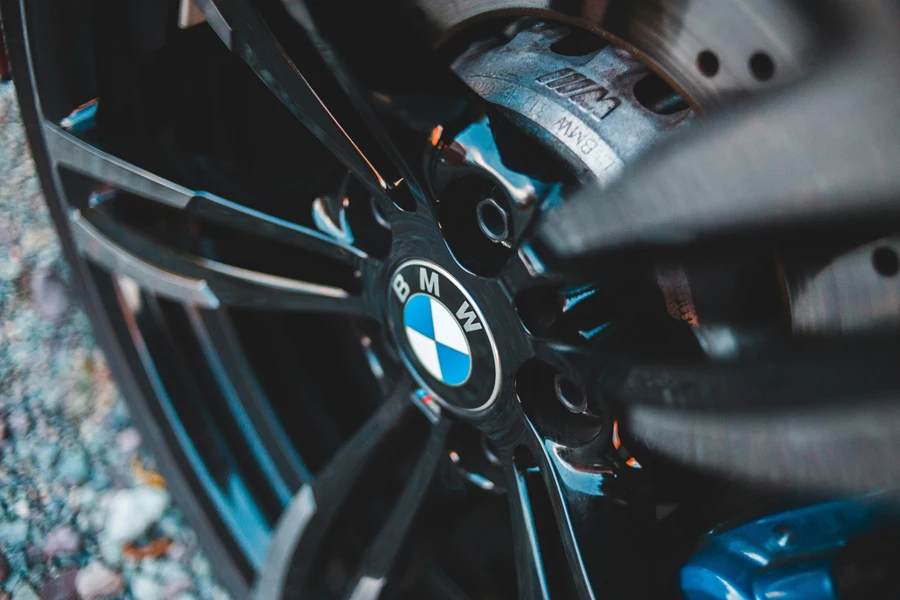
Center caps are designed to be smaller compared to hubcaps. They are tailored to cover the center of the wheel to safeguard the lug nuts and hub area, specifically for alloy wheels. Exclusive focus is placed on protecting the lug nuts and the hub itself. Hubcaps tend to feature a vehicle’s logo or decorative details. Wheel covers provide more coverage than center caps; however, center caps offer protection for the most vulnerable parts of the wheels. They also contribute towards achieving a sleek and polished look, as stated by Blackburn Wheels.
Spinner wheel covers enhance the appeal of cars by generating a rotating effect while the vehicle is in motion. These covers are typically selected for their attractiveness, providing automobiles with a distinctive and attention-grabbing appearance. While they offer features such as regular wheel covers, their primary allure lies in the lively visual effect they produce, particularly when the car is moving, as stated by Shiniest.
Plastic and metal are used for the materials for wheel caps. Both options have advantages and disadvantages that must be weighed in upon decision-making. Plastic wheel caps are favored for being lightweight and corrosion-resistant while being more budget-friendly than their metal counterparts; hence, they are often preferred for use vehicles. On the other hand, metal wheel caps crafted from steel or aluminum boast superior durability and an upscale appearance that appeals to many consumers seeking a sturdy and stylish option. Blackburn Wheels notes that metal caps are heavier and more durable than their counterparts. They are often preferred for end or vintage vehicles due to their resilience against impacts and wear over time. However, they require maintenance to prevent corrosion, which can be an issue. They typically come at a higher cost than other available options.
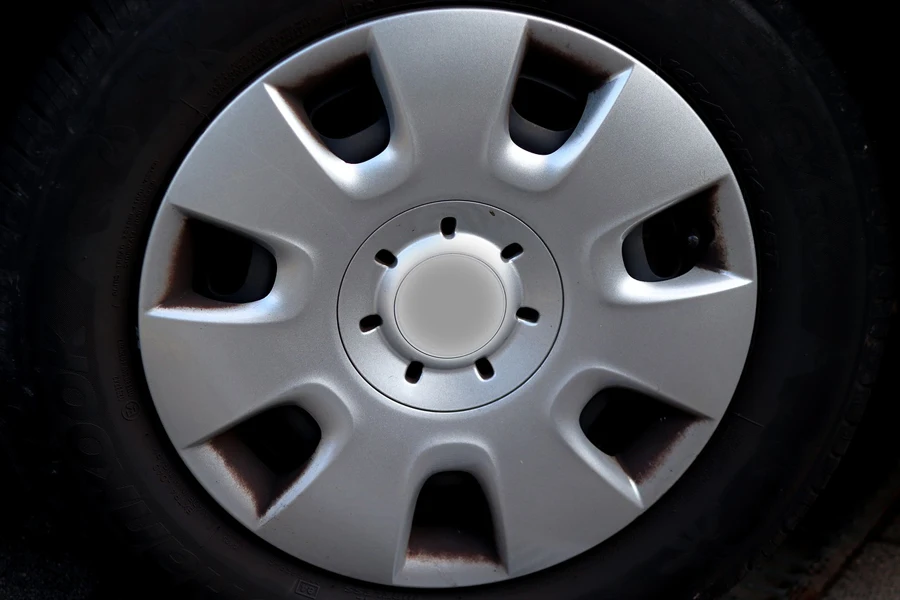
Things to consider when selecting wheel caps
Choosing wheel covers involves considering the size and fit as elements affecting performance and looks directly. Ensuring a fit of the wheel cover is crucial to shield the wheel hub and lug nuts from dirt and rust. To find the right wheel cap size for your vehicle, measure its diameter or refer to the vehicle manual for details. A fitting wheel cap not only boosts the vehicle’s visual appeal but also avoids problems such as rattling or coming off while driving, as mentioned by Shiniest.
It’s also important to consider the material and durability factors. The material used in the wheel cap directly influences how well it can withstand wear and tear impacts and various environmental elements. For instance, plastic wheel caps are known for being lightweight and resistant to rust, making them a good choice for driving. However, they may develop cracks due to impacts or extreme weather conditions. Conversely, metal wheel caps crafted from steel or aluminum offer durability and are more suitable for challenging driving environments. As stated by Blackburn Wheels, regular upkeep is necessary to avoid heavy weight, which can affect car fuel efficiency.
When thinking about the design and appearance of your vehicle’s wheels, selecting a wheel cover should match the style of your car. Showcase your preference. Wheel covers come in various styles, from contemporary and sleek to traditional and intricate. Some vehicle owners may lean toward minimalist designs, while others might choose more detailed, branded alternatives. Shiniest advises selecting a design that elevates the car’s look while maintaining practicality.
Ultimately, the brand’s reputation and the product’s quality are factors in making a decision when it comes to choosing wheel caps for your vehicle. It is advisable to go for wheel caps from known brands as they are designed to fit and have durability over a long period. Furthermore, this is crucial when comparing Original Equipment Manufacturer (OEM) and aftermarket options. OEM wheel caps are specifically crafted to match your vehicle’s dimensions and quality standards, which ensures a fit and often includes the manufacturer’s logo. Opting for original caps could result in lower quality and potential problems with fitting and functionality compared to the original ones, which may last longer and offer better performance as advised by Blackburn Wheels.
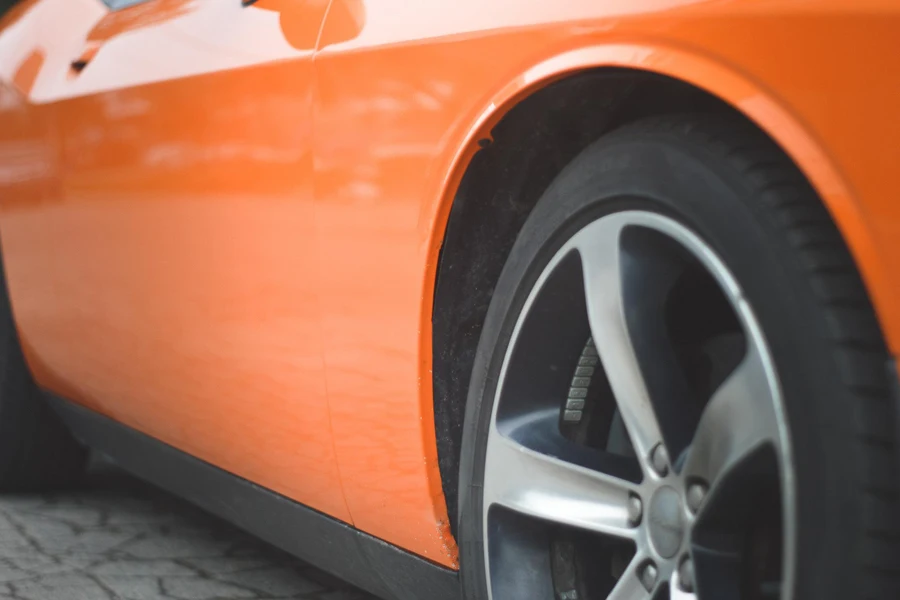
Conclusion
Choosing the right wheel cover is crucial to safeguarding your car’s wheels and significantly boosting appeal. You need to familiarize yourself with the kinds of wheel caps available, ranging from hubcaps to full-wheel covers. Considering factors such as dimensions, material quality, style variety, and the brand’s reputation can guide you in making a well-informed selection that matches your vehicle’s requirements. Whether you value durability, aesthetics, or a seamless fit, picking the right wheel cap guarantees functionality and inject an individualized element into the aesthetics of your car.
